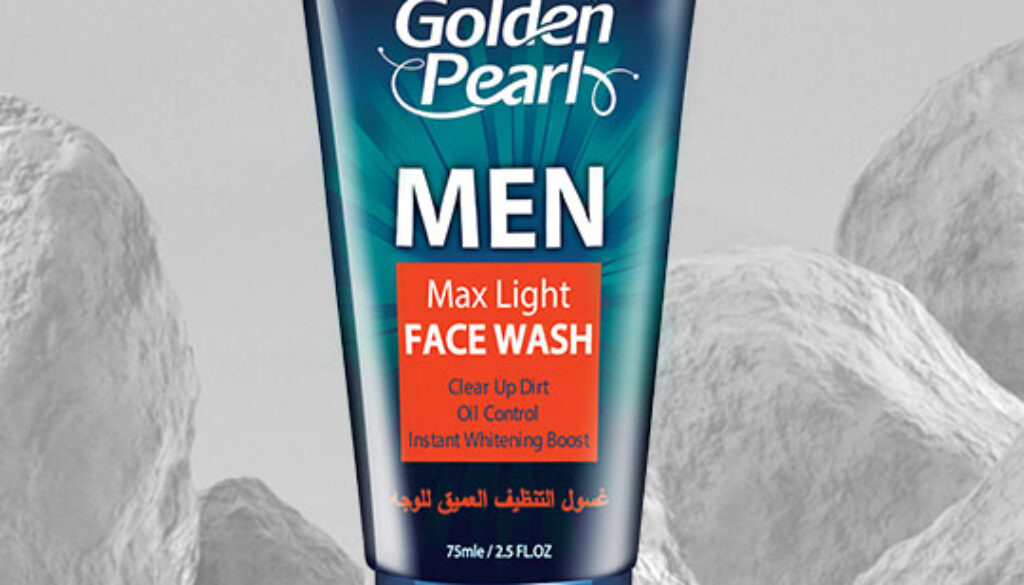Oily facial skin: what to do?
There are four skin types. Among them, oily facial skin causes the most problems, as it has several negative signs. Patients are often dissatisfied with its characteristic signs, such as oily skin, oily shine, the appearance of larger pores, and comedones. Furthermore, the presence of enlarged pores, oily shine, and comedones are features that make the emergence of various inflammatory components the most common. What can you do if oily skin creates anxiety? This is what cosmetologists do accurately. They can explain the issue and provide the appropriate treatment for oily skin. Also, it would help if you used face wash for oily skin.
Causes of oily Skin
Sebaceous glands are more active. Glands cause the appearance of oily skin on the face. The following predisposing factors serve for this:
- Heredity and individual characteristics;
- Endocrine disorders;
- Failure to comply with dietary guidelines;
- Disorders of the gastrointestinal tract;
- Incorrectly selected skincare, low-quality cleansing procedures.
The type of skin is sometimes different and can fluctuate over time. The more oily skin type is prevalent for young people under 25. In later years, it usually turns into a combination type. However, there are instances where the primary reasons for oily skin concerns are genetic prerequisites. Its clinical signs can persist throughout life. This situation development is observed in 5-7% of the population.
Hormonal imbalance is the factor that has the most significant impact on the increase in skin oiliness. This process can develop both during puberty and with endocrine pathology. In women, the causes of oily skin in adulthood can be polycystic ovary disease, insufficient thyroid function, pregnancy, menopause, and uncontrolled use of oral contraceptives. Stress also contributes significantly to the development of symptoms.
Unbalanced gastrointestinal tract functioning, especially constipation, is another prerequisite for increased skin oiliness. Negative factors include poor nutrition, consumption of preservatives, fatty or spicy foods, easily digestible carbohydrates, and alcohol and carbonated drinks.
Features of care for oily skin
If your facial skin is very oily, what to do, and how to improve its quality, a cosmetologist will explain it most competently. Incorrect measures, even using exclusively external means, can aggravate the situation. The lack of a competent approach may be ineffective or dangerous. You need to trust the professionals. A qualified cosmetologist will select the appropriate skin care products. If additional procedures are required to achieve the desired effect, he will perform them competently. In this case, the do, ctor should a,im to reduce sebum production and remove its excess, cleansing the pores.
Characteristics of oily skin
Skin quality and excessive oiliness are unevenly manifested in different areas of the face due to the peculiarity of the distribution of sebaceous glands in their thickness. The accumulation of excretory ducts in certain places explains the causes of oily skin on the forehead, nose, and chin. Characteristic areas are also found in the back or décolleté area. Often, such negative signs are combined with oily hair. In women and men, these signs are usually expressed equally. So, men should use face wash for men.
Oily skin typically manifests as oiliness and greasy shine. It seems thickened. Excess sebum accumulating on the surface contributes to clogging pores, their expansion, and the formation of blackheads, comedones, whiteheads, and milia. Externally, oily skin on the forehead, nose, and chin area resembles an orange peel.
Such signs have a negative effect not only on aesthetics. Oily skin on the forehead and other areas of the T-zone becomes the most preferred location for localization of inflammatory elements and acne. This is explained by the fact that the narrow duct of the sebaceous gland and the production of excess secretion contribute to the blockage of the excretory ducts of the glands, stagnation of secretion in it, and infection. As a result, pimples with purulent contents appear. A dermatologist will clarify what to do if the formation of pustular elements accompanies oily skin on the forehead. It is within his competence to prescribe acne treatment. The services of a cosmetologist will be in demand only after the inflammatory process subsides.
However, oily skin also has several positive features. It can retain moisture more than dry skin, maintaining its turgor at the same level. Wrinkles appear much later in people with oily skin.
Recommended Article: Facial kit


